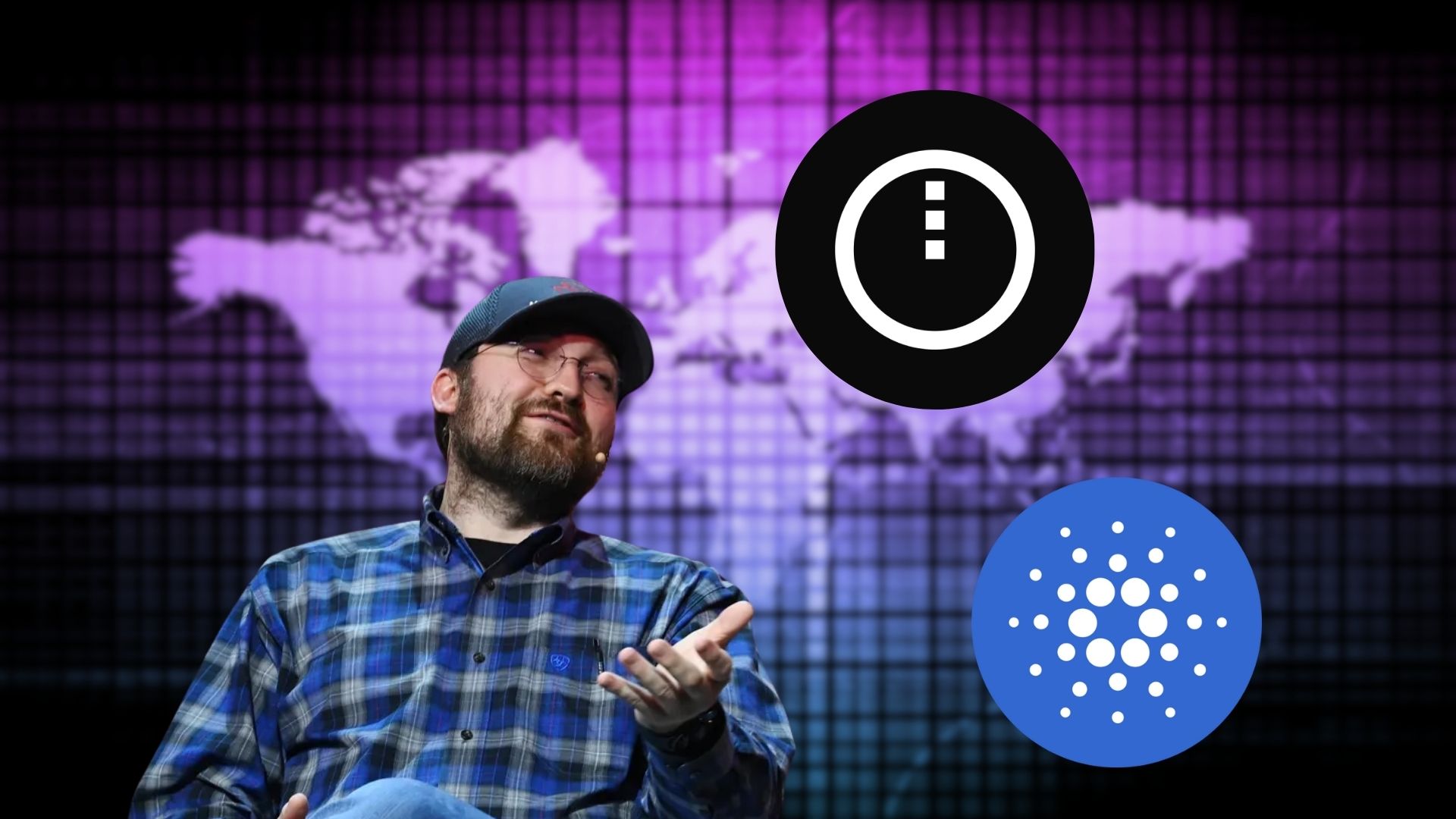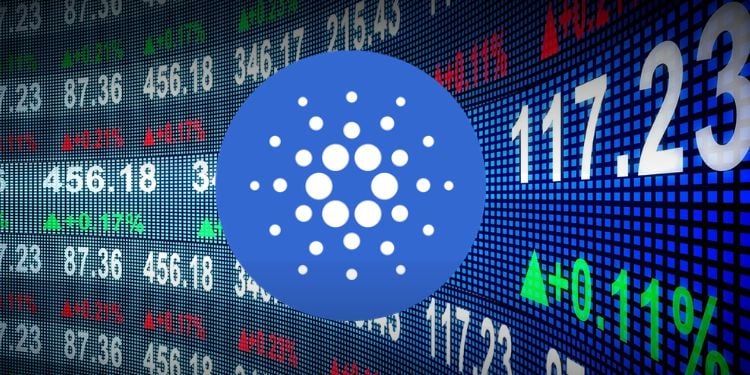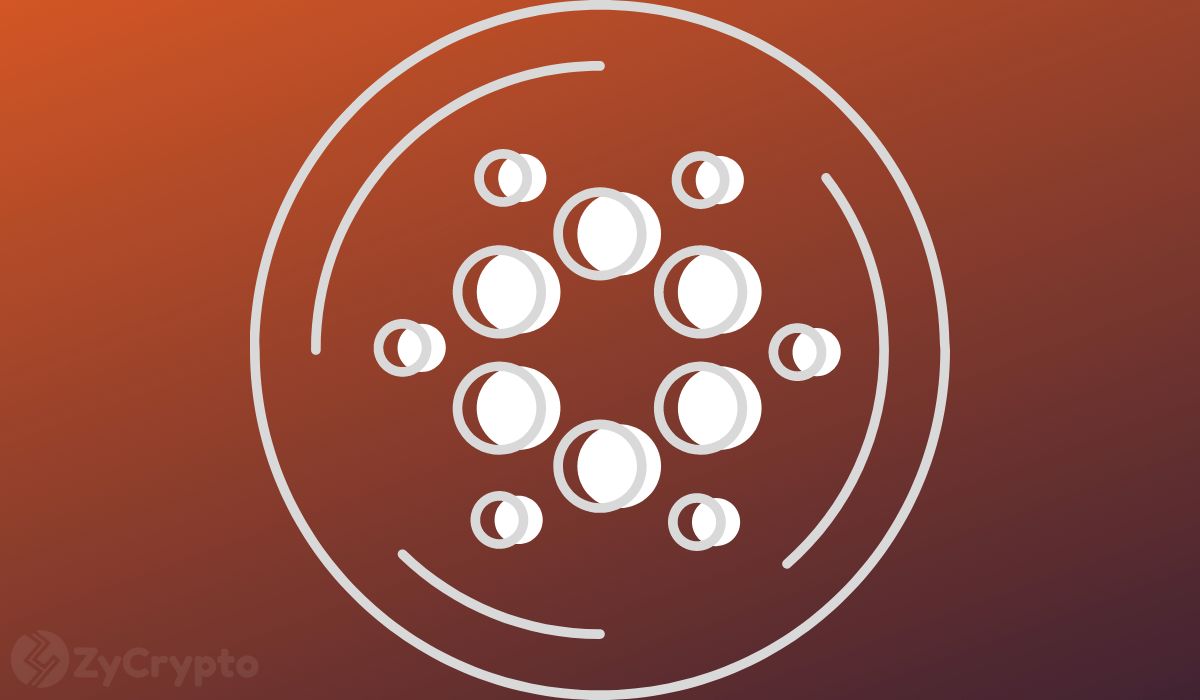Midnight’s Glacier Drop Set to Shower 37 Million Wallets With Free Tokens: Everything You Need to Know – BlockNews
Midnight, a zero-knowledge partner chain to Cardano, will distribute its governance token $NIGHT (and later “dust” utility tokens) to 37 million wallets across eight major blockchains in an event dubbed the Glacier Drop. The team has ruled out any venture-capital or insider allocation; only live wallets holding ADA, BTC, ETH, XRP, SOL, BNB, AVAX and

- Midnight, a zero-knowledge partner chain to Cardano, will distribute its governance token $NIGHT (and later “dust” utility tokens) to 37 million wallets across eight major blockchains in an event dubbed the Glacier Drop.
- The team has ruled out any venture-capital or insider allocation; only live wallets holding ADA, BTC, ETH, XRP, SOL, BNB, AVAX and BAT will qualify, with Cardano addresses expected to receive the biggest slice.
- Although the drop must occur before November 2025, comments in a recent Lace Wallet X-Space point to a July target; users will need a Cardano-compatible wallet to claim.
Dawn at Midnight
When Charles Hoskinson bounded onto the Consensus 2025 stage in Toronto last month, he dismissed tribalism with a single slide that read “All chains welcome.” The hook was Midnight, a side-chain that wraps zero-knowledge proofs around Cardano’s UTXO model to let users shield transaction data while still interacting with public DeFi contracts.
The privacy angle feels timely. After a year of mounting regulatory scrutiny, developers are searching for ways to let consumers keep their data under wraps without driving them into gray-market mixers. Midnight’s pitch is simple: prove what you need to prove, reveal nothing else.
From Paris to Toronto: Airdrop Roadshow
Hints of a massive token giveaway first surfaced at Paris Blockchain Week in April, where Hoskinson teased a distribution “bigger than anything you’ve seen.” By May, the details were firmer: a Glacier Drop sending tokens to 37 million wallets on eight blockchains, no venture-capital carve-out, and a promise to keep the playing field level.
During a Lace Wallet X-Space on June 12, panelists let slip that the drop “should hit in July,” although the Midnight core team has only committed to “before November.” That ambiguity has traders circling calendars yet still checking Twitter at breakfast.
Eight Chains, One Distribution
Midnight’s own documentation confirms what Cardano influencers have been shouting all week: Bitcoin, Ethereum, Ripple, Solana, Binance Smart Chain, Avalanche and Brave’s BAT users will share the pot alongside ADA holders. Only native L1 coins count. If you own ERC-20 meme tokens or Cardano NFTs, they won’t boost your allocation.
Why cast the net so wide? Hoskinson argues that siloed drops reward echo chambers; reaching into rival communities forces conversation. “If you got something for free from Midnight,” he said in Toronto, “you might at least boot up a Cardano wallet to see what the fuss is about.”
— Cardanians (CRDN) (@Cardanians_io) June 17, 20251/ Midnight will distribute their $NIGHT tokens via the Glacier Drop.
There will be no presale, the tokens will be distributed for free.
37 million wallets holding Cardano, Bitcoin, Solana, Ethereum, BNB, Ripple, Avalanche, and BAT will be eligible.pic.twitter.com/uNNlQ8nuws
Mechanics: No Gas-Chain Swaps Required
Claiming should be straightforward. Developers say users will be able to pay fees in their native tokens while validators earn across chains, an economic trick that relies on Midnight’s cross-chain fee abstraction. Still, everyone—yes, even Bitcoin holders—will have to generate a Cardano-compatible address before the claim window closes.
Tokenomics remain under wraps, but community analysts have run the math: if Midnight floats a $1 billion initial valuation, each eligible wallet could see roughly $27 worth of NIGHT; a $10 billion float would push that to $270. Speculation, sure, yet it explains why Telegram rooms suddenly hum with chatter about “dusting off that old BAT wallet.”
Privacy as a Selling Point
Midnight leans on zero-knowledge cryptography, the same family of math powering StarkNet and Zcash, to let developers build selective-disclosure smart contracts. In practice, a decentralized marketplace may verify that a bidder holds enough collateral without exposing the size of their stash—catnip for institutions nervous about broadcast balance sheets.
Cardano die-hards see Midnight as the missing privacy module that DeFi on UTXO never had. CExplorer, a Cardano analytics site, calls it “the first serious partner chain” and a chance for the ecosystem to court app builders who previously defaulted to EVM.
Market and Community Reaction
News of the Glacier Drop helped nudge ADA above $0.70 last week, a five-percent pop on roughly 40 percent higher volume, according to Coinpedia data. Over on r/Cardano, one post titled “No VCs, finally!” raced past two thousand up-votes in a day, while a more skeptical thread asked whether free tokens equal “free dumping.”
External observers are paying attention too. CoinDesk likened the scale of distribution to the Optimism and Starknet launches combined—“a blunt instrument to end maximalism,” as one analyst put it.
— Cardanians (CRDN) (@Cardanians_io) June 17, 20255/ The snapshot will be retroactive, only announced after it happens. 🔂
This helps prevent market manipulation leading up to the drop. pic.twitter.com/INBeYvLYxb
Risks and Unknowns
Grand gestures carry risk. Midnight’s test-net is live, but main-net is not expected until late 2025. That leaves a long gap in which speculators could receive tokens they cannot yet use. Meanwhile, U.S. regulators have shown little patience for privacy tooling that might obscure source-of-funds checks; the Midnight team insists its selective-reveal model satisfies compliance, but that will be tested in the wild.
Liquidity is another question. Airdrops often spark sell-pressure the moment tokens list. Without VC cliffs to absorb inventory, market makers will need to smooth volatility or watch NIGHT swing like early UNI or ARB. Midnight’s dual-token design—NIGHT for governance, DUST for fees—could help by splitting incentives, yet no token-omics paper has been published.
Bigger Picture: A Bet on Cooperation
If Glacier works, it could set a precedent for how emerging chains seed liquidity without courting heavy-handed venture capital. By dropping tokens into rival wallets, Midnight is betting that curiosity outweighs cynicism. It is also offering Cardano a chance to reframe itself: not as the slow, methodical network that missed DeFi’s first boom, but as the one bold enough to place privacy at center stage—and invite the whole industry to try it.
Will it succeed? That depends on dev tooling, speed to main-net, and the tone regulators take toward zero-knowledge systems over the next year. But Glacier has already achieved something rare: for one hot minute, Bitcoiners, Ethereans and XRP loyalists are all refreshing the same countdown. In a market that usually speaks past itself, that feels like news.
Delegate Your Voting Power to FEED DRep in Cardano Governance.
DRep ID: drep12ukt4ctzmtf6l5rj76cddgf3dvuy0lfz7uky08jfvgr9ugaapz4 | We are driven to register as a DRep by our deep dedication to the Cardano ecosystem and our aspiration to take an active role in its development, ensuring that its progress stays true to the principles of decentralization, security, and community empowerment.DELEGATE VOTING POWER!








